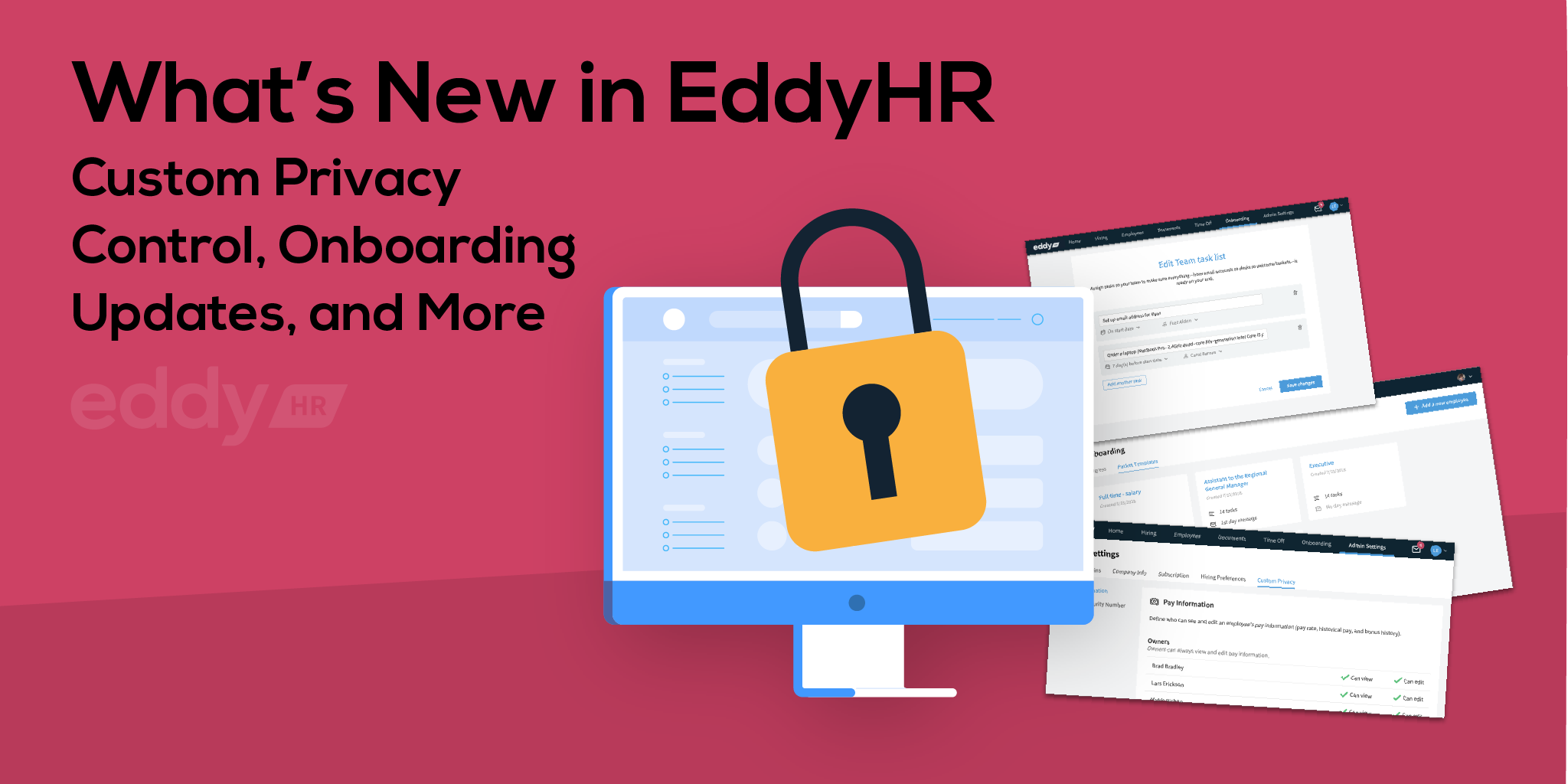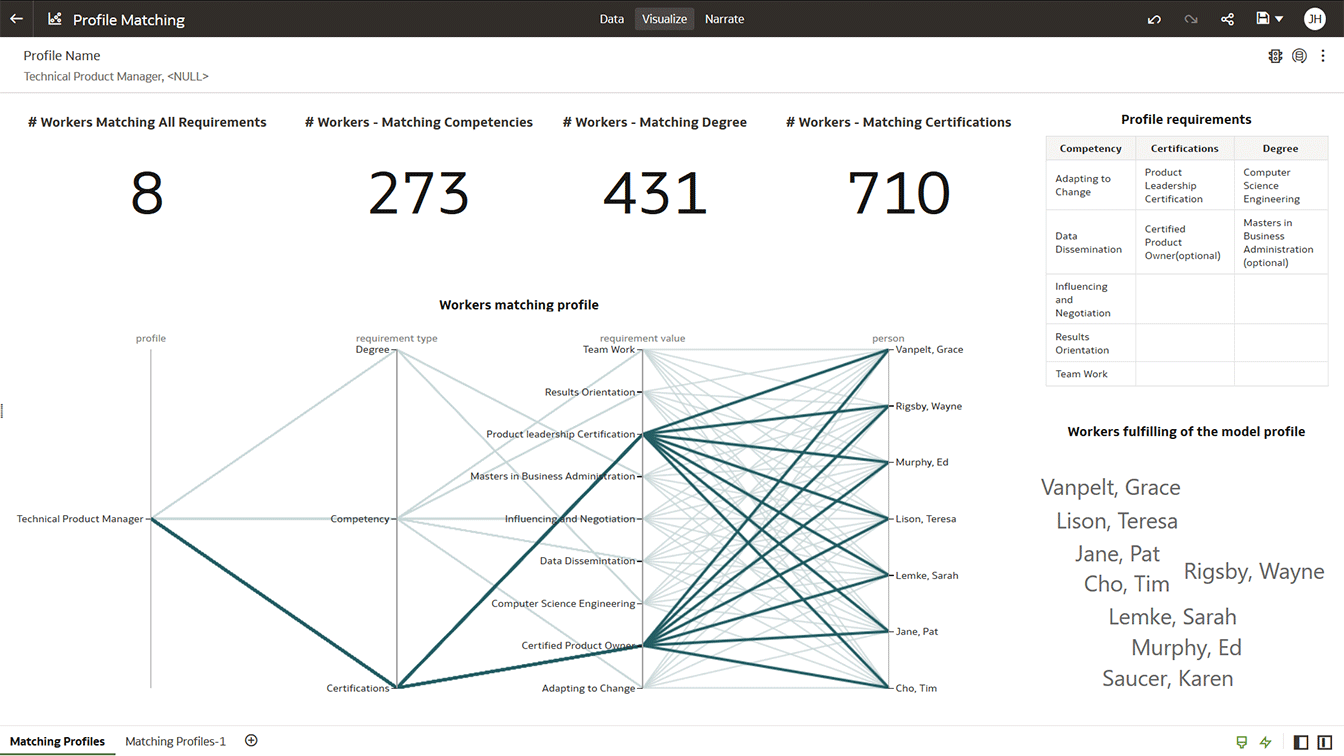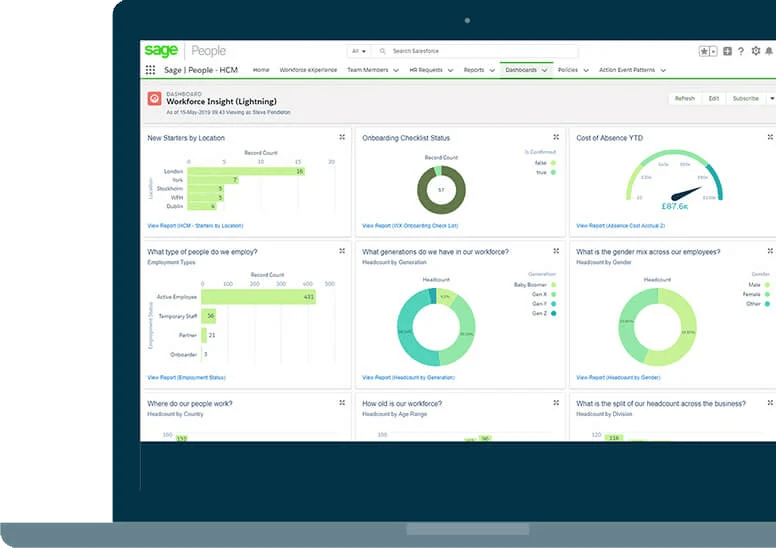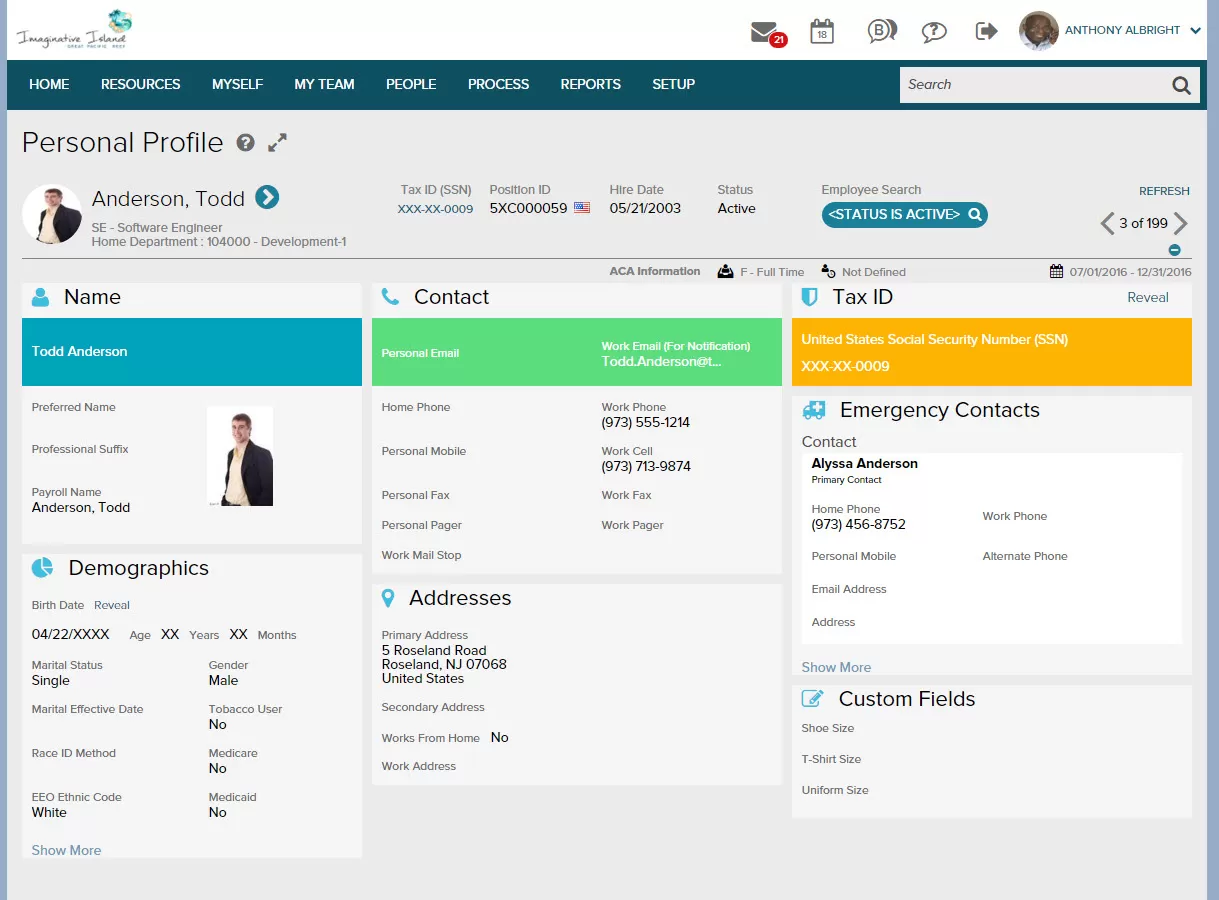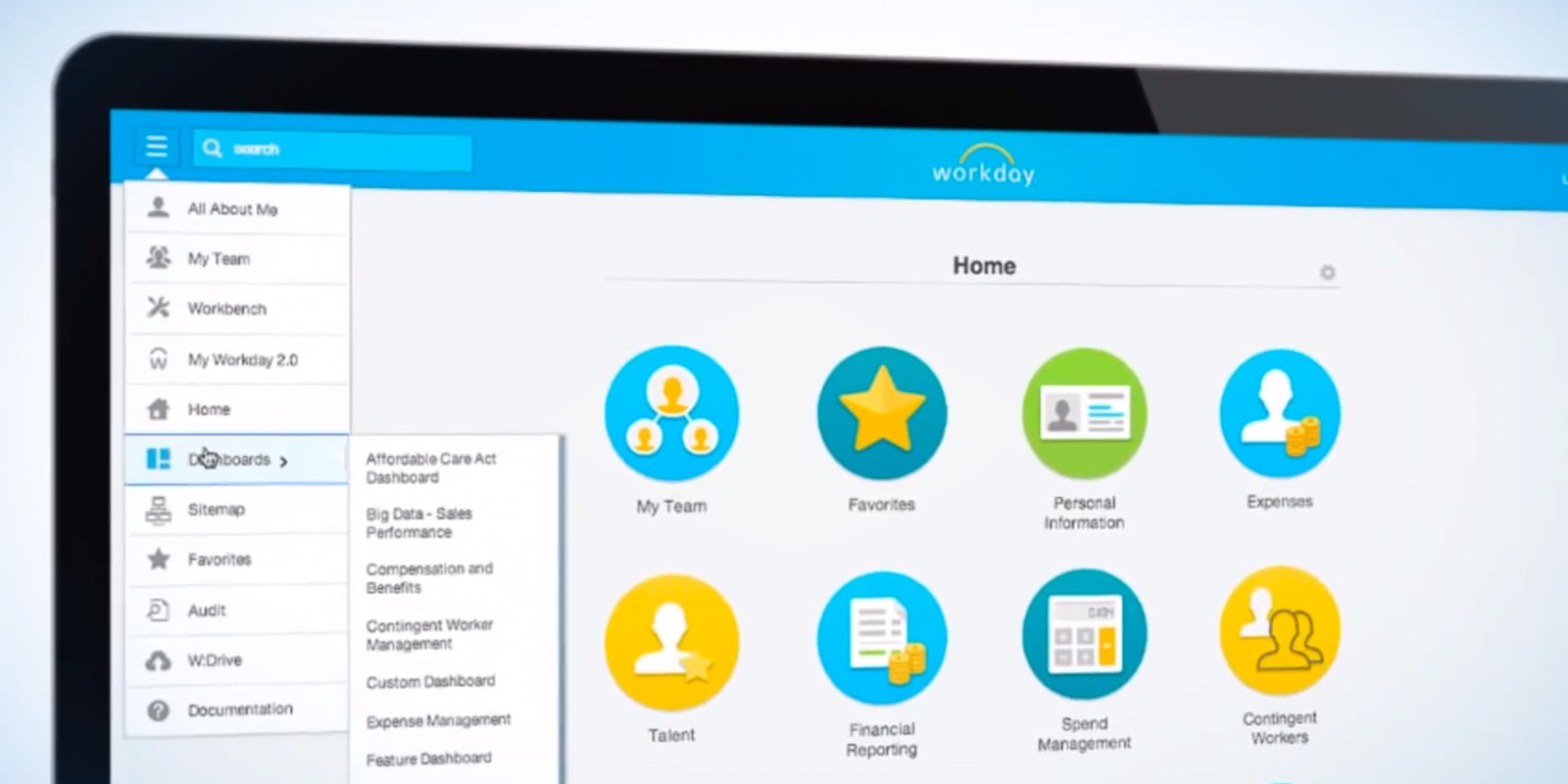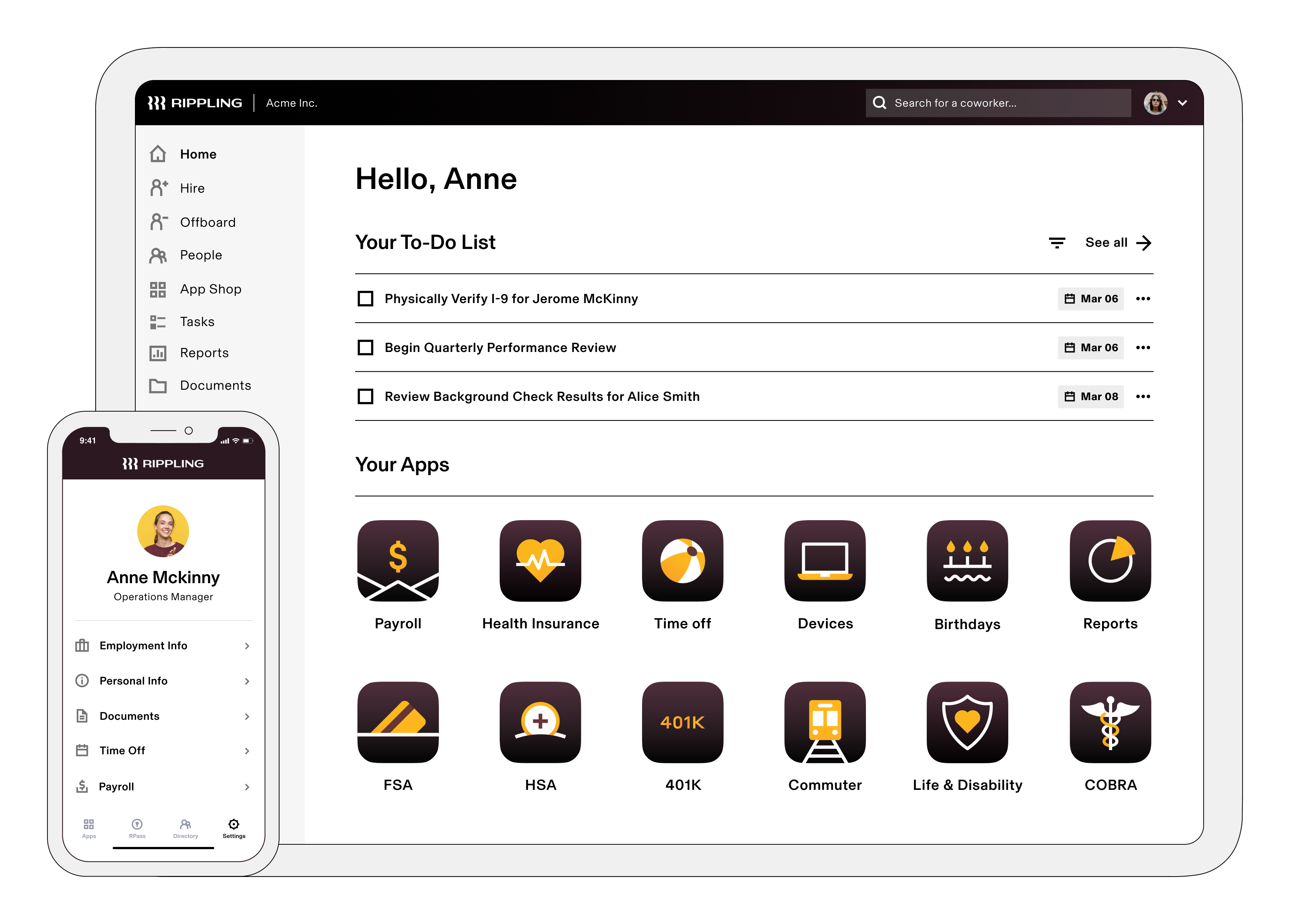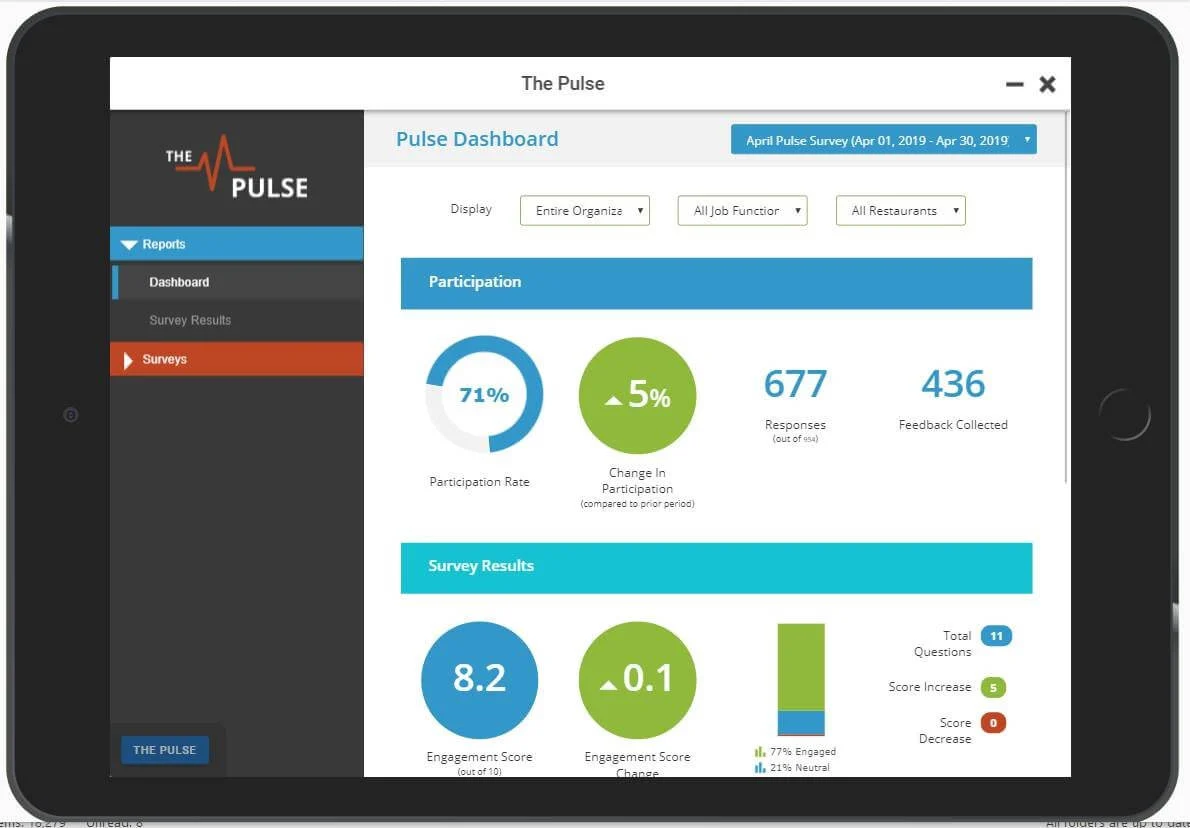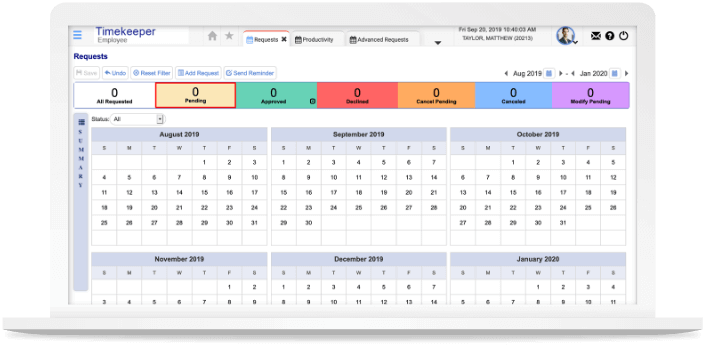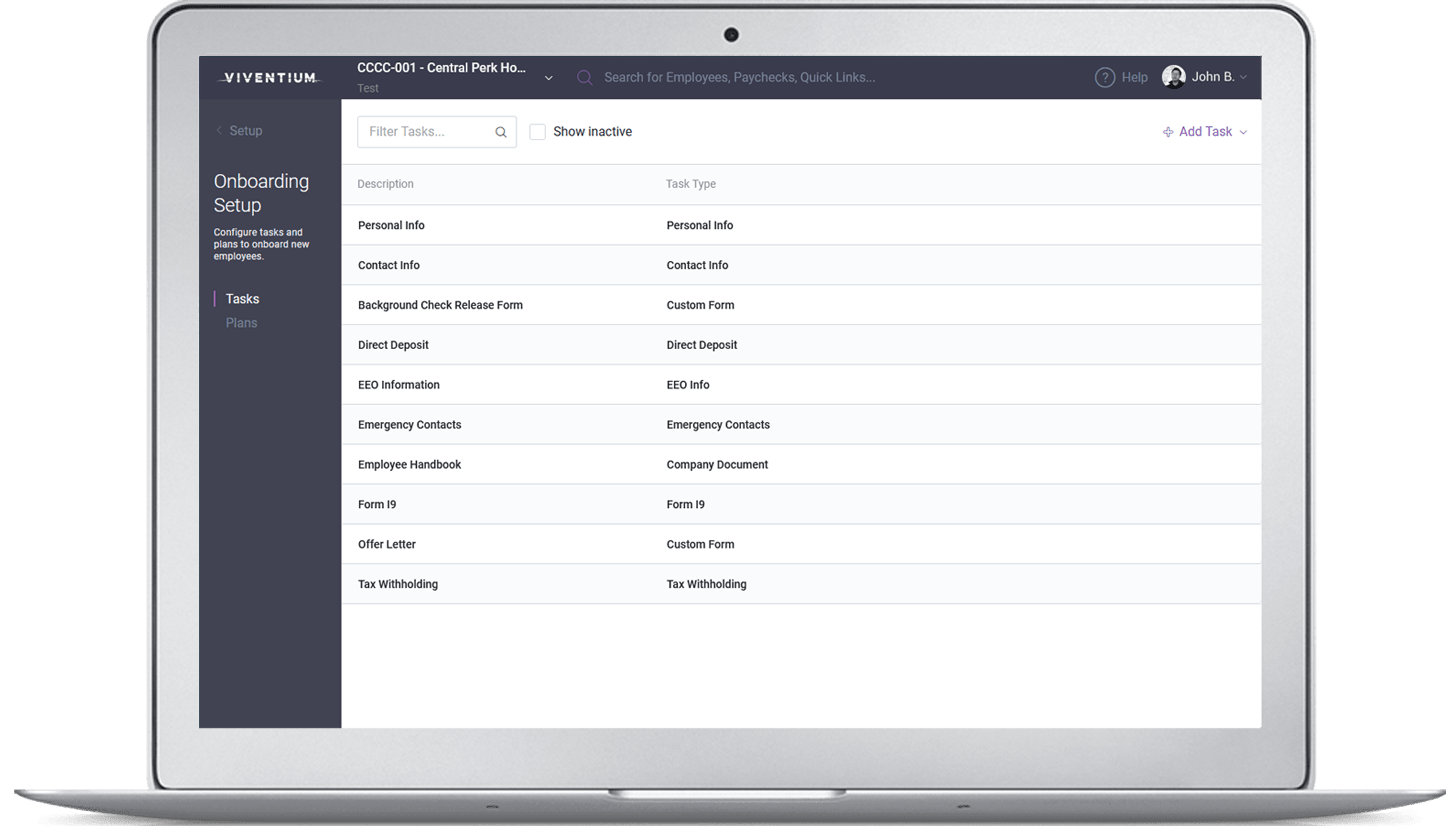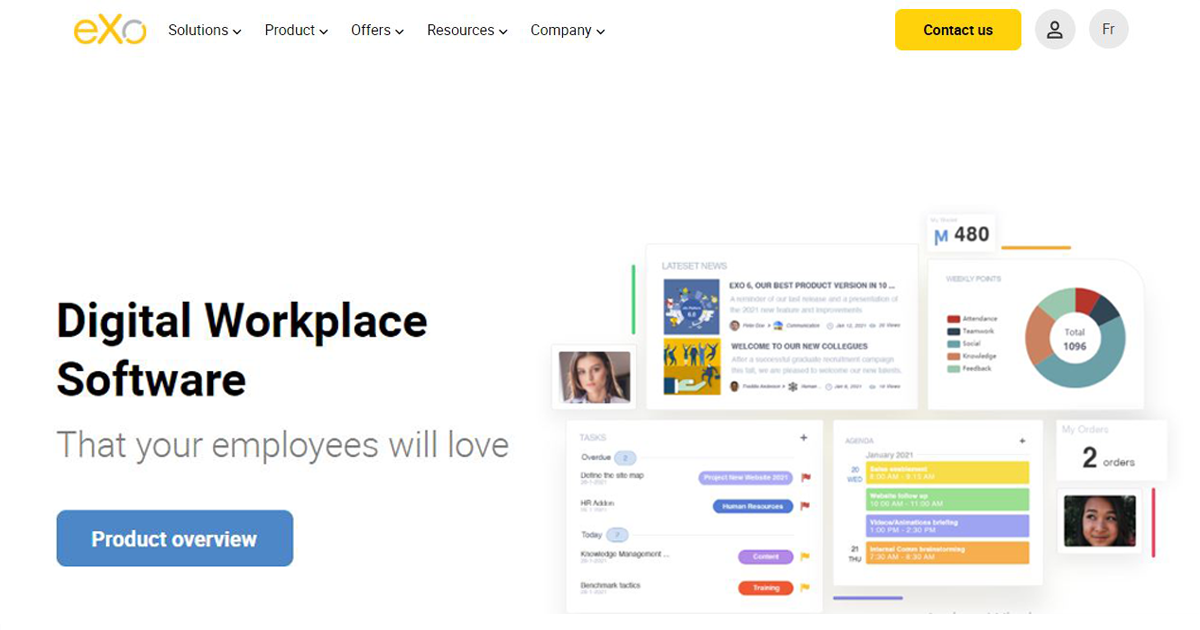Human Resource workers face a lot of challenges in today’s workplaces. HR professionals must adhere to legal, regulatory, and compliance standards in addition to recruiting, retaining, and growing a competent team.
Technology has the potential to empower HR professionals by providing a streamlined approach for managing and analysing data, allowing them to achieve their goals and improve HR operations across the board.
How Do HCM and HRM Software Differ?
People often confuse HCM (Human Capital Management) and HRM (Human Resource Management) programmes since they both track organisational resources.
There are, however, minor variances. Human Resource Management Software is often used to organise and streamline daily HR tasks.
Human Capital Management Software goes a step further by assisting with the workforce management plan. Organizational development planning, change management, employee engagement, and leadership development are all examples of this.
What Are the Advantages of Using HCM Software?
According to the Microsoft Work Trend Index Report for 2021, 41% of employees are considering quitting or changing careers, a trend called the “Great Resignation.” Employee engagement is critical for attracting and maintaining top talent, yet Gallup reports that 85 percent of employees are currently disengaged in the workplace.
Pulse surveys, employee recognition schemes, and benefit packages are examples of HCM technologies that can help bridge the engagement gap.
The same tools may provide intelligence on whether employees are at risk of becoming disengaged, allowing firms to act swiftly to retain top talent and anticipate future resource needs.
Criteria for Comparing HCM Systems
What are the criteria we use to evaluate HCM software? The following is a list of my evaluation criteria:
Is the user interface (UI) neat and appealing? Is it simple to understand and master?
How would you describe the user experience? Is there good tech assistance, user help, tutorials, and training at the company?
Functionality and features: Can the tool handle payroll, benefits management, deductions, and compliance? Advanced Payroll Features
Recruitment and Onboarding – Do they have tools to attract and retain employees, as well as teach them on basic systems upon their arrival?
Does the HCM application provide a current and practical solution for performance reviews, personnel records, motivation, productivity, and evaluation in the workplace?
Analysis and Reporting – Does the product have customised reporting tools that can provide useful information?
Employee self-service – Does the software allow employees to change or access personal information such as contact information, shift schedules, paystubs, and more?
Integrations: Is it simple to integrate with other products, such as any other HR management software? Do you have any pre-built integrations?
Value for money: Is the price reasonable given the features, capabilities, and use case?
Is your price straightforward, transparent, and flexible?
The 11 Best HCM Products Explained
The following is a brief explanation of each HCM software on this list.
1. Eddy – Best for easy customized onboarding
Eddy is a one-stop HR solution for small enterprises that automates HR operations and promotes employee satisfaction. Eddy, founded in 2017 by Travis Hansen, a former professional basketball player turned entrepreneur, has developed quickly thanks to its simple yet powerful product, excellent customer service, and concentration on small businesses with deskless workforces. Businesses may use Eddy to hire, onboard, manage, and pay employees with just one piece of software.
Job posting management, candidate tracking, and a full-scale applicant tracking system are all key elements (ATS). HR managers may use the onboarding system to design unique onboarding packages, assign assignments, and gather digital signatures with ease. Users can browse company directories and save critical personnel documentation, performance notes, and training and certifications in employee profiles, which is a core component of Eddy.
You can also use Eddy’s in-house, full-service payroll system to create custom PTO policies and approve or deny requests; use their time tracking tool to easily clock in and out; and navigate payroll processes using Eddy’s in-house, full-service system, which includes support for multiple pay periods and end-of-year W-2 preparation, filing, and distribution.
Eddy offers a free sample and starts at $8 per employee per month.
2. Oracle HCM Cloud – Best for AI and machine learning insights
Oracle is a well-known software company, so you’ve probably heard of them. Oracle HCM Cloud is their answer to a complete HR solution that includes workforce modelling, an HR support desk, and talent acquisition to engage your employees and optimise operations.
Any SaaS or on-premise HCM application can be integrated with Oracle Integration and Oracle SOA Suite. Oracle has several other integration possibilities, including technology adapters for REST, SOAP, LDAP, FTP, and file-based access, in addition to application adapters.
As a result, they received high marks in the evaluation’s Integrations area.
One disadvantage is that their payroll solutions are only available in a restricted number of countries, which might be difficult if you have remote employees all over the world.
3. Sage Peple – Best for employee engagement functionalities
The Sage Business Cloud People system has evolved into a reputable and advanced HRMS company with a full suite of people analytics capabilities over the last ten years. On Salesforce, Sage People is the highest rated HR and people management system.
Quick setup, out-of-the-box automation, and streamlined and versatile reporting capabilities distinguish Sage People. You’re sure to find something you like if you look through their worker engagement solutions.
The UX portion of the evaluation criteria cost Sage People a few points. An examination of the tool’s organisation and navigation reveals various flaws, including an antiquated design that may use some updating or fine-tuning.
4. SAP SuccessFactors – Best for scalability of add-ons
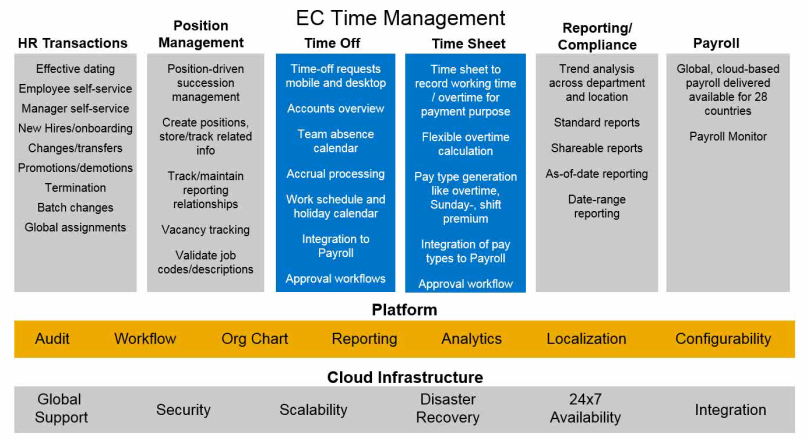
SuccessFactors is one of SAP’s many enterprise-grade systems for staff management and administration. SAP stands for “Systems, Applications, and Products in Data Processing.”
Pricing for SAP SuccessFactors is quite flexible, as you can add or remove tools as needed.
A basic package will set you back less than $10 per user per month, and you can simply build up from there. This helped them in the Value for Money area of the evaluation.
One disadvantage is that training on this software might take a long time because there are so many nooks and crannies to discover. For some, the learning curve may be too steep, even if the result is worthwhile.
5. ADP WorkforceNow – Best for integration with existing HR software
ADP WorkforceNow has been producing business solutions (including HCM and other HR technologies) for than 70 years, earning them a spot on FORTUNE Magazine’s “World’s Most Admired Companies” list for 12 years in a row.
ADP HCM solutions work seamlessly together, as well as with major business software applications and leading payroll, HR, and financial systems, such as most ERPs (see: ADP Marketplace). In the Integrations evaluation category, ADP WorkforceNow received good marks for versatility.
A criticism to consider is that reporting can be glitchy; in my experience, names that should have been removed from a report/analysis document appeared on it notwithstanding prior deletion. However, some manual intervention may be required to fix this.
6. Workday – Best for user experience and user interface design
Workday is a finance, human resources, and capital management planning system used by Airbnb and Netflix. They’ve been named a leader in the “Gartner Magic Quadrant for Cloud HCM Suites for 1,000+ Employee Enterprises” report for the past four years.
Workday, as a younger platform, nailed the user interface with a clean, modern, and intuitive look on both the web browser and the mobile app. As a result, they received a high score in the UI category of the evaluation criteria.
The software has a few flaws: 1) interfacing with equity data (in particular, vesting data) was lacking, and 2) the business processes may appear disconnected to some users, depending on their level of knowledge with this type of technology.
7. Rippling – Best for small businesses and HR teams
Rippling is a modern human capital management (HCM) solution designed to handle new hires, deductions, time and PTO, bespoke reporting, and staff changes. They are a personnel management platform that was named a PC Mag Editor’s Choice in 2019 and was rated #1 in Core HR and IT by G2 Crowd.
Rippling is reasonably priced and doesn’t sacrifice on functionality, making it an excellent choice for small enterprises on a budget. As a result, they received a high score in the Value for Money category of the evaluation criteria. They also provide a free trial, which is a nice cost-saving feature.
One constructive criticism of the tools is that they should improve reporting features, where data visibility can be regulated; for example, different degrees of permission for accessing compensation information by user would be beneficial.
8. Vibe HCM – Best for HR transaction automation
Vibe HCM automates HR transactions while also allowing HR managers to communicate with all of their employees through a single unified platform that can be accessed from any device.
The Brandon Hall Group Excellence in Technology Award was given to their platform in 2018.
This product excels at a few areas, including providing the ideal number of functionality for small businesses (say, 500 users or less). Furthermore, their compensation planning methodology is excellent, and businesses of all sizes can profit.
With Vibe HCM, customization and flexibility possibilities come at a cost, and it’s tough to see how this technology might be scaled to operate with huge enterprises. They lost some points in the Usability category of the evaluation criteria due to these size and function limitations.
9. Ascentis – Best for medium and large enterprises
HCM, HRIS, online payroll, personnel management, recruiting, and timekeeping solutions are all available from Ascentis. With 35 years of experience in the sector, Ascentis has maintained a commitment to providing a client-centric service strategy for mid- to large-sized businesses.
This HCM software is user-friendly, regardless of whether you are a user or an administrator.
Once you get the hang of things, Ascentis has an accessible and responsive customer service team, and the system is very customizable. As a result, they received a high Usability rating.
One disadvantage of this programme is that the talent management module is not as fluid and user-friendly as other HR solution solutions; for example, the requirement for extensive manual data entry may detract from the talent management functionalities.
10. Viventium – Best for usability and user onboarding
Viventium provides easy tools to make it easier to engage your team, from applicant tracking to onboarding to time and attendance to payroll to business intelligence to human resources. In G2’s Fall 2019 “Best Payroll Software Report,” Viventium was named a strong performer.
This programme offers an easy-to-use interface and real-time updates that record every change or addition. Customer service is attentive, and the training materials are comprehensive enough to answer the majority of questions.All of these contributed to their good rating in the Usability area.
One disadvantage of this programme is that reporting isn’t as customizable as it could be, and more customization choices would be appreciated. The filters for various reports can be difficult to operate.
11. eXo Platform – Best for employee social networking
The eXo Platform is a digital workplace solution that allows you to connect, align, and engage your employees through a single interface. It is tailored to the needs of businesses of all sizes and industries aiming to improve internal and peer-to-peer communication, increase collaboration, and manage corporate knowledge.
Enterprise social networking capabilities including user profiles, activity streams, and more are available on the eXo Platform to enhance the working experience. Users may quickly traverse the platform and connect with their peers using an integrated chat application as well as the option to like, comment on, and share various pieces of information. Users may interact, cooperate on projects, and find what they’re looking for via collaborative groups. Users may quickly share content via drag and drop, organise content in rich document libraries, and share information with the press of a button in the activity stream or chat application thanks to document management tools.
Salesforce, Microsoft Office, and Google Suite are among the third-party programmes that eXo Platform integrates with. eXo Wallet, gamification, kudos, chat, and more built-in add-ons are available.
Professional, Enterprise, and Enterprise Unlimited options are offered, starting at $5 per engaged user per month. The eXo Platform community version allows users to try out the platform’s various capabilities. Demos are also accessible for free to obtain additional information.


